Green tea mainly contains components such as ascorbic acid, tannins, polyphenolic compounds, catechin fats and carotenoids. These ingredients are susceptible to deterioration due to oxygen, temperature, humidity, light and environmental odors. Therefore, when packaging tea, the influence of the above factors should be weakened or prevented, and the specific requirements are as follows:
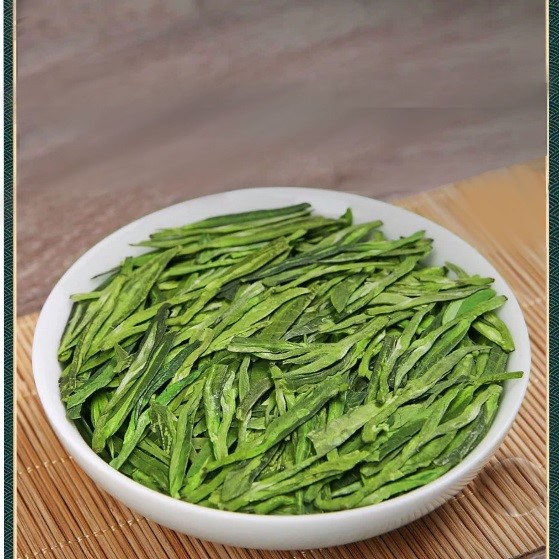
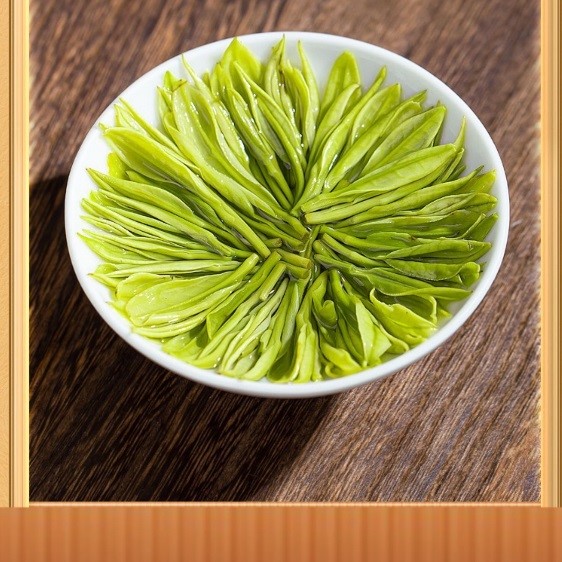
Moisture resistance
The water content in tea should not exceed 5%, and 3% is the best for long-term storage; otherwise, the ascorbic acid in the tea will be easily decomposed, and the color, aroma and taste of the tea will change, especially at higher temperatures. , the rate of deterioration will be accelerated. Therefore, packaging materials with good moisture-proof performance can be selected for moisture-proof packaging, such as composite films based on aluminum foil or aluminum foil evaporated film, which can be highly moisture-proof. Special attention should be paid to moisture-proof treatment of black tea packaging.
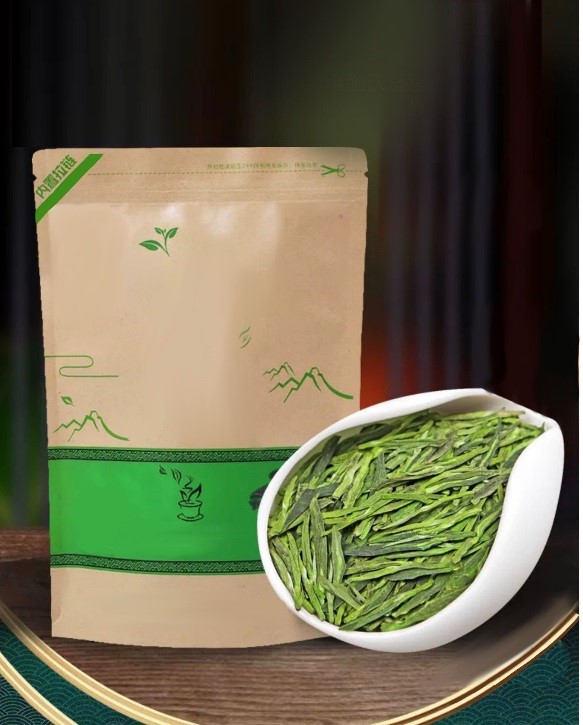
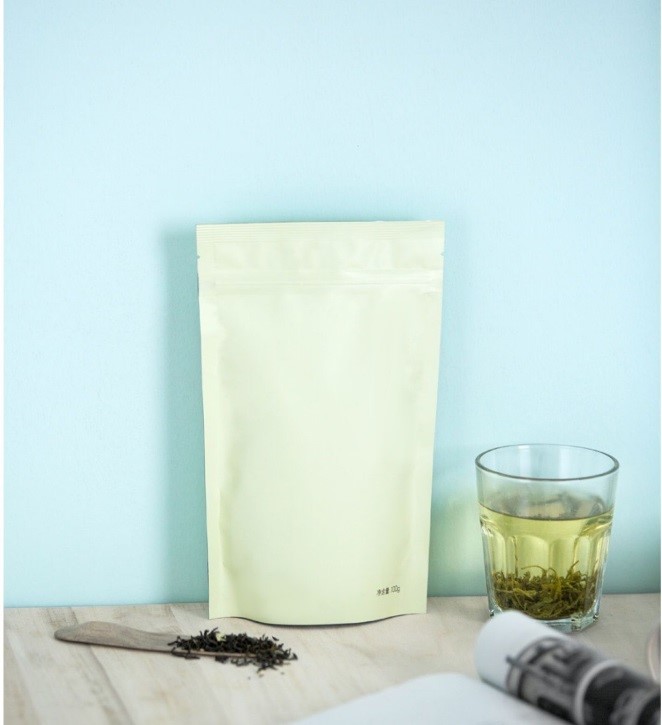
Oxidation resistance
The oxygen content in the package must be controlled below 1%. Too much oxygen will cause some components in the tea to oxidatively deteriorate. For example, ascorbic acid is easily oxidized into deoxyascorbic acid, and further combines with amino acids to undergo pigment reaction, which makes the taste of tea worse. Since tea fat contains a considerable amount of unsaturated fatty acids, such unsaturated fatty acids can be automatically oxidized to produce carbonyl compounds such as aldehydes and ketones and enol compounds, which can also make the aroma of tea disappear, the astringency becomes lighter, and the color becomes darker.
Shading
Since tea contains chlorophyll and other substances, when packaging tea leaves, light must be shielded to prevent the photocatalytic reaction of chlorophyll and other components. In addition, ultraviolet rays are also an important factor in causing the deterioration of tea leaves. To solve such problems, shading packaging technology can be used.
Gas barrier
The aroma of tea leaves is easily lost, and materials with good air-tightness must be used for aroma-preserving packaging. In addition, tea leaves are very easy to absorb external odors, so that the aroma of tea leaves is infected. Therefore, odors produced by packaging materials and packaging technology should be strictly controlled.
High temperature
The increase in temperature will speed up the oxidation reaction of tea leaves, and at the same time will cause the surface gloss of tea leaves to fade. Therefore, tea leaves are suitable for storage at low temperatures.
Composite film bag packaging
At present, more and more tea packaging in the market is packaged in composite film bags. There are many kinds of composite films for packaging tea, such as moisture-proof cellophane/polyethylene/paper/aluminum foil/polyethylene, biaxially oriented polypropylene/aluminum foil/polyethylene, polyethylene/polyvinylidene chloride/polyethylene, etc. It has excellent gas barrier properties, moisture resistance, fragrance retention, and anti-peculiar smell. The performance of the composite film with aluminum foil is more superior, such as excellent shading and so on. There are various packaging forms of composite film bags, including three-sided sealing, stand-up pouches, stand-up pouches with clear window and folding. In addition, the composite film bag has good printability, and it will have a unique effect when it is used for sales packaging design.
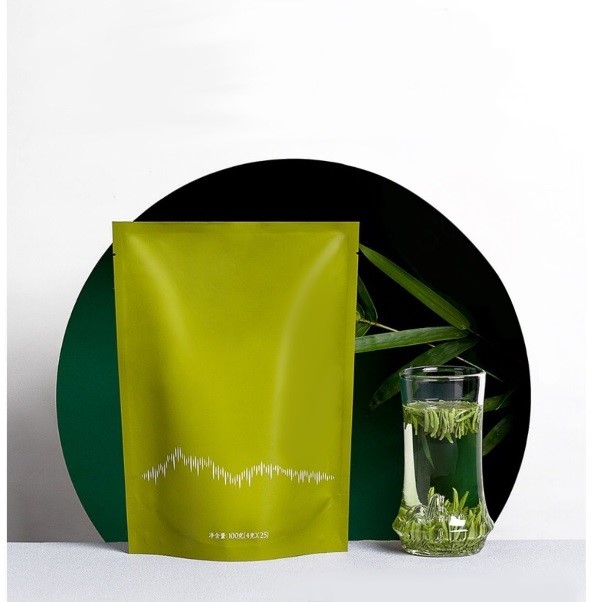
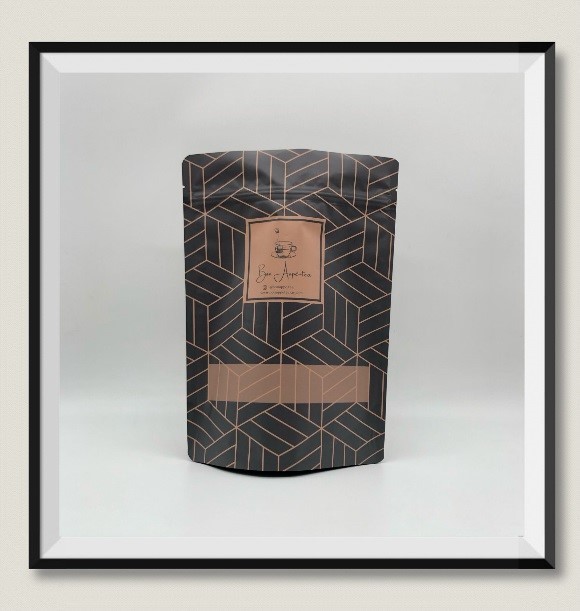
Post time: Jun-18-2022







